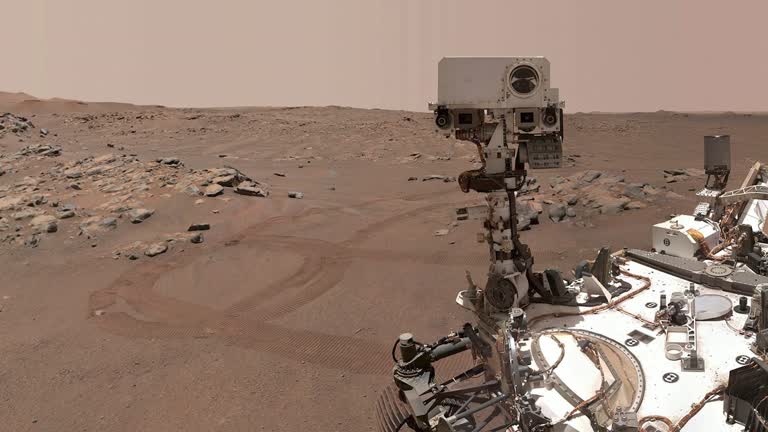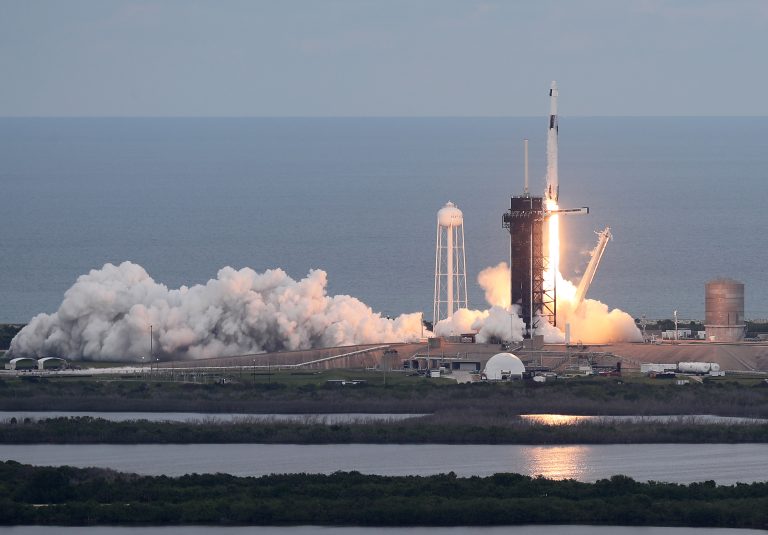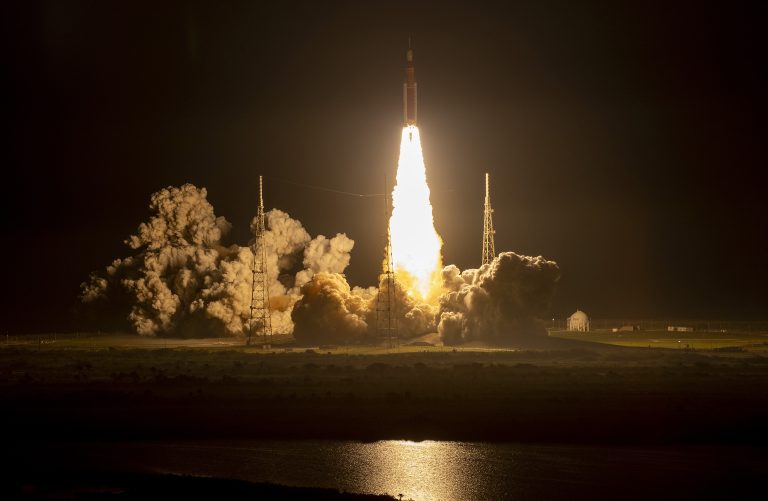Scientists say an experiment to make oxygen on Mars is now operating routinely in a variety of atmospheric conditions, including during the day and night, and through different Martian seasons.
In each run, the instrument, called MOXIE (Mars Oxygen In-Situ Resource Utilization Experiment) produces six grams of oxygen per hour — about the rate of a modest tree on Earth.
“Now what is Moxie? It’s a prototype of a small engine that will produce oxygen out of thin air. Thin air on Mars means carbon dioxide,” Michael Hecht, principal investigator of the MOXIE mission at MIT’s Haystack Observatory, told Reuters.
“We need this of course so that future astronauts will be able to breathe. That seems obvious. What seems less obvious is that we need a far more oxygen to light up a rocket to take the astronauts home again or at least back to orbit,” Hecht said.
A study published in the journal Science Advances says MOXIE has been successfully making oxygen from the Red Planet’s carbon-dioxide-rich atmosphere since February 2021, when it touched down on the Martian surface as part of NASA’s Perseverance rover mission.
Success
You are now signed up for our newsletter
Success
Check your email to complete sign up
Researchers envision that a scaled-up version of MOXIE could be sent to Mars ahead of a human mission, to continuously produce oxygen at the rate of several hundred trees. At that capacity, the system should generate enough oxygen to both sustain humans once they arrive, and fuel a rocket for returning astronauts back to Earth.
“It just does not make sense and it is not sustainable to bring everything we need from Earth. We need to be making the bulk of the resources there.”
“And that’s what Moxie is for,” Hecht said.
Mars’ atmosphere is 96 percent carbon dioxide, according to NASA.
NASA’s Jet Propulsion Laboratory in Southern California, which is managed for NASA by Caltech in Pasadena, California, built and manages operations of the Perseverance rover.
(By Reuters. Production: Stuart McDill)













